Process Mining & Mapping powered by AI
Turn Salesforce’s black box into a living blueprint. Sweep process mining auto-generates real-time process maps directly from your Salesforce logic, so you can spot friction, enforce compliance, and unlock automation opportunities.
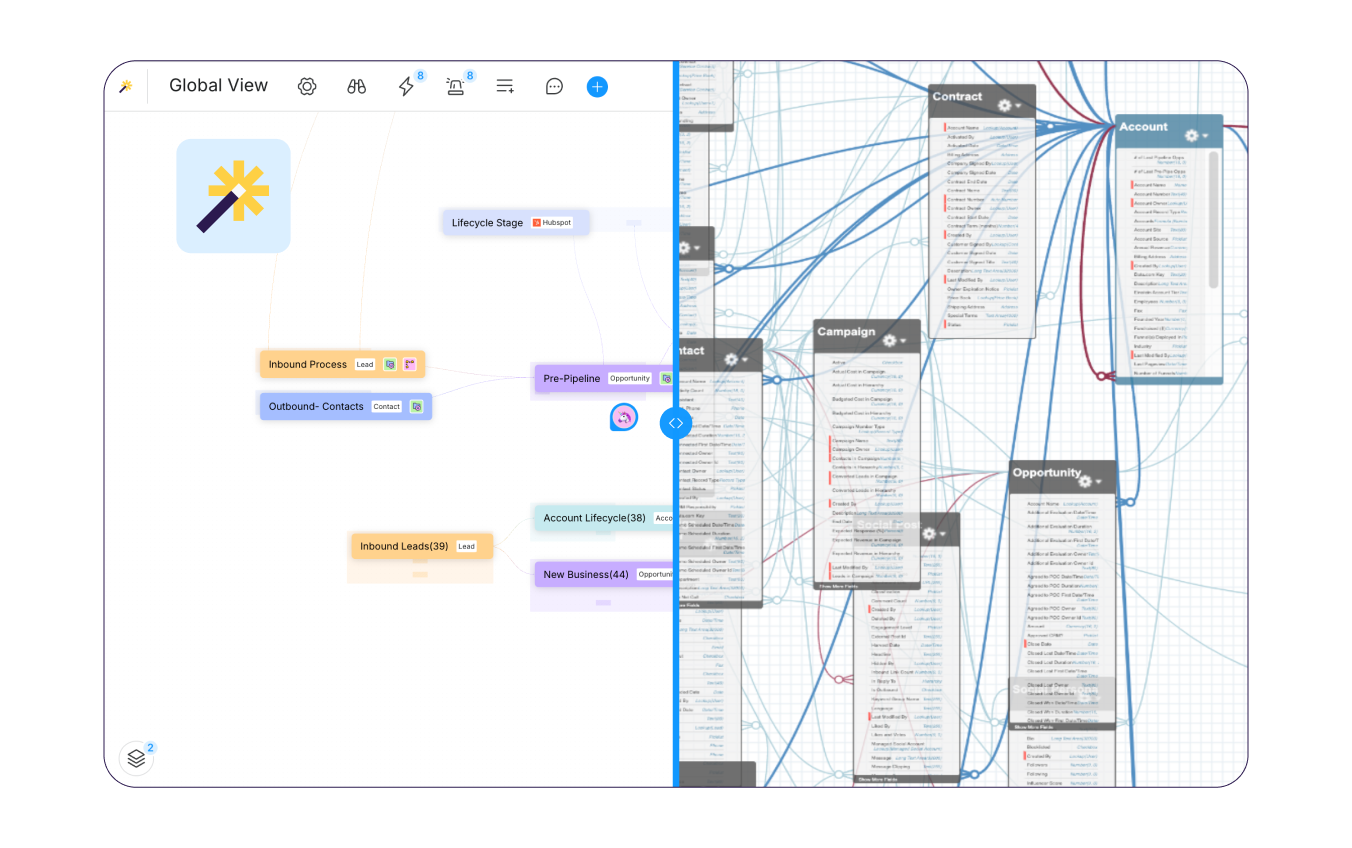
Intelligent process mining features and capabilities

Process mining and mapping your metadata
Sweep automatically mines Salesforce metadata and turns it into living process maps. Instead of relying on static diagrams, Lucidcharts, or wikis that quickly go stale, Sweep continuously interprets your Salesforce configuration and displays it visually.
- Auto-generate maps from objects, record types, fields, flows, validation rules, and Apex classes
- Eliminate blind spots by connecting every dependency across schema, automation, and code
- Keep your org documented with continuously updated visuals as Salesforce evolves
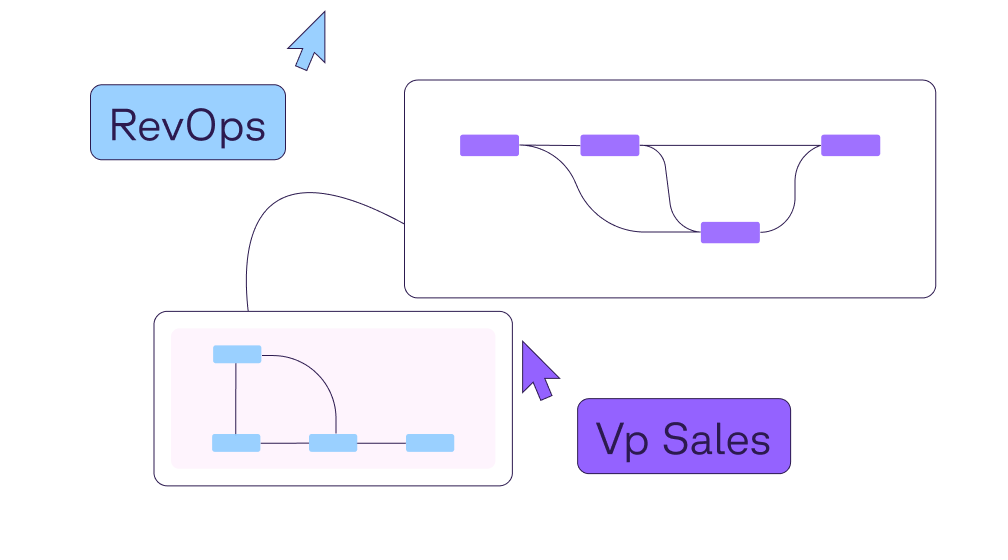
Mapping business processes in your org
Salesforce metadata tells the story of how revenue operations actually run. Sweep interprets object relationships, flows, and automation logic to show how work moves across your GTM systems.
- Translate configurations into clear, actionable process maps
- Show where friction slows down revenue operations
- Bridge technical logic with business outcomes for faster decisions
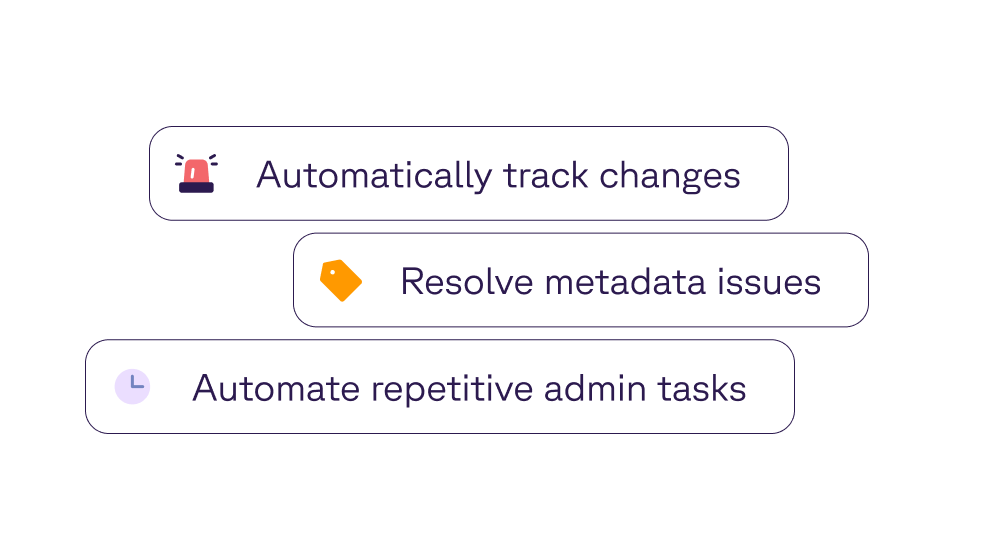
Bridging the gap between metadata and stakeholders
Admins and architects understand Salesforce metadata, but business stakeholders often struggle to follow. Sweep turns that complexity into plain language and clear visual process maps.
- Generate readable descriptions for flows, validation rules, and custom fields
- Provide executives and operators with interactive process maps instead of static diagrams
- Align RevOps, IT, and business teams in a shared documentation layer
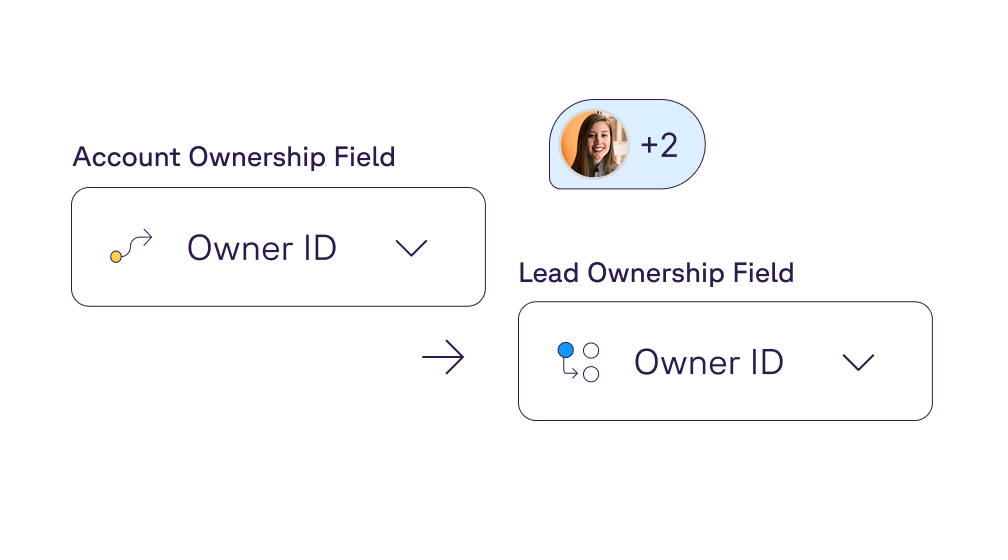
Root cause analysis
Identify design flaws or risky dependencies before they impact teams.
- Spot redundant flows, hard-coded fields, or circular references
- Trace configuration logic in seconds instead of weeks
- Reduce troubleshooting cycles by 75%
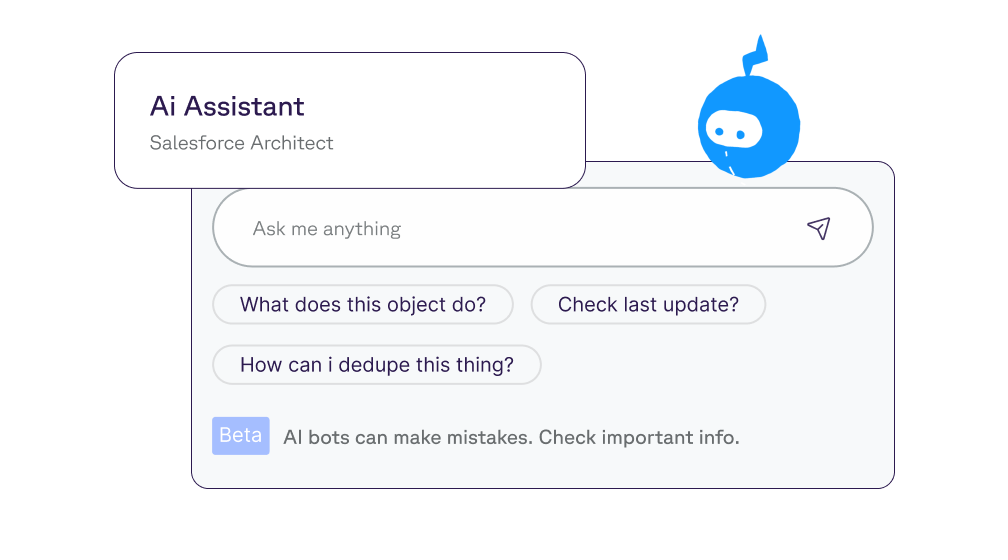
Conformance and compliance checks
Ensure your Salesforce configuration reflects intended processes.
- Audit-ready documentation of every automation and dependency
- Verify adherence to business and regulatory design rules
- Build a resilient, governed process layer

Actionable process intelligence
Turn configuration visibility into automation strategy.
- Identify where workflows can be streamlined or simplified
- Prioritize automation opportunities with clarity on dependencies
- Reveal where agentic AI can add the most value

Advanced search across metadata
Find exactly what you need, instantly. Sweep’s intelligent search surfaces configurations by name, API name, or even specific content inside formulas, picklists, or error messages.
- Locate hard-coded IDs, usernames, and values in seconds
- Search metadata content for error messages or logic strings
- Speed audits and troubleshooting with precision queries

Contextual organization
Keep critical configurations at your fingertips. Sweep lets you favorite, tag, and organize metadata for faster navigation and collaboration.
- Pin high-impact objects and fields for quick access
- Use custom tags to group related configurations
- Give admins and teams shared visibility into priority areas
Real users. Real time saved.

Challenge:
With Sweep’s process mining and mapping, Deputy could instantly generate collaborative visuals of their Salesforce environment. Principal RevOps Manager Jay Mahoney used Sweep to click into process details on demand, while Global Director of Revenue Operations Eric Portugal Welsh leveraged the platform to align global teams around a single shared workspace. New hires
Implementation:
With Sweep’s process mining and mapping, Deputy could instantly generate collaborative visuals of their Salesforce environment. Principal RevOps Manager Jay Mahoney used Sweep to click into process details on demand, while Global Director of Revenue Operations Eric Portugal Welsh leveraged the platform to align global teams around a single shared workspace. New hires
Results:
- Real-time collaborative process maps for cross-functional alignment
- Reduced reliance on manual diagrams and outdated Lucidcharts
- Faster onboarding for new Salesforce hires with a complete process view
“It’s very clean with Sweep: you can click in to get more detail where you can’t necessarily do that with Lucid. Being able to pull up a visual process when I’m having a conversation with stakeholders is really valuable.”

Challenge:
EquityBee’s pivot from retail to institutional investors demanded a faster, more reliable Salesforce process. Manual updates, slow funnel progression, and inefficient reporting created bottlenecks at a time when scale and accuracy were critical.
Implementation:
With Sweep, EquityBee automated stage progression, streamlined workflows, and improved funnel reporting. Sweep’s process maps ensured alignment between sales reps and leadership while eliminating hours of manual Salesforce updates.
Results:
- 46% increase in rep capacity
- Hundreds of new opportunities processed monthly with confidence
- 12+ hours saved per rep monthly by eliminating manual updates
“The opportunity cost of inefficiency is huge now that we’ve moved to institutional. Becoming a Sweep customer at the same time made such a big difference — we saw exponential improvements right away.”

Challenge:
Sales Operations Manager Vasilis at One Click LCA needed to revamp the company’s sales process to give reps more control and improve pipeline quality. This involved changing stage names, adding new validation rules, and introducing automations for reminders and follow-ups. The risk: breaking existing configurations or losing visibility during the transition.
Implementation:
Instead of manually sketching in Miro, Vasilis used Sweep’s process mapping workspace to design the new process end-to-end. He added automated reminders for prospects sitting too long in a stage or marked closed/lost prematurely. Sweep’s dependency mapping gave him the confidence to roll out changes without disrupting existing Salesforce logic.
Results:
- Entire sales process redesigned in Salesforce without breaking existing logic
- Faster iteration with confidence through live process maps
- Reduced manual effort—weeks of diagramming replaced with quick updates
“Sweep was instrumental in making this process as painless for me as possible. If you have an idea that could improve the life of end users, with Sweep you can make it reality within a few clicks.”
From assignment to acceleration
Process mining and mapping, automated
Sweep automatically mines, maps, and documents Salesforce processes, so you know how your org is structured, why it matters, and where to act with confidence.





